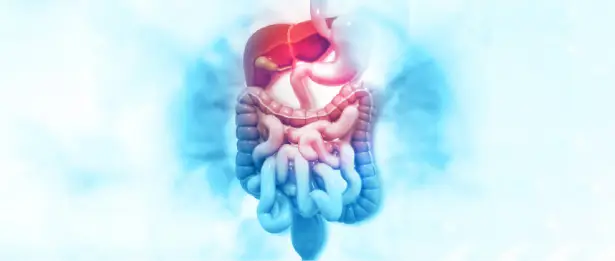What is Endoscopic Submucosal Dissection (ESD)?

Endoscopic Submucosal Dissection or ESD is an endoscopic surgery technique used for the treatment of lesions in the digestive system. Tumors and polyps in the digestive system can be detected at very early stages using high-resolution endoscopes. These polyps and tumors detected at an early stage can now be removed by endoscopic methods without the need for surgery. In this respect, ESD offers a much less invasive and more comfortable treatment process compared to traditional surgical methods.
In which diseases is ESD applied?
Digestive system cancers are among the most common cancer types in Turkey and the world. It is especially seen in the esophagus, stomach and intestines. It is possible to treat digestive system cancers in the early stages with advanced endoscopic methods. The ESD method is used safely in lesions that occur in the esophagus, stomach, small intestine and large intestine, which are called early stages, that is, lesions that are thought to have not passed a certain stage. Cancerous or pre-cancerous lesions can be removed with this procedure in the early stages.
What are the Advantages of ESD?
- This procedure, which is performed without making an incision on the body, allows patients to usually walk within 1 hour and be discharged from the hospital within 1-2 days.
- With a high success rate and low complication rate, ESD is an effective method for removing early stage polyps and tumors.
- The reason why it is widely used in our country and around the world is that it is preferred in individuals with advanced age, heart, kidney diseases or other systemic diseases.
- Non-deepened, early-stage superficial colon, stomach and esophagus cancers can be treated with these methods.
- Technological preliminary examinations such as optical staining, chromoendoscopy, magnified endoscopes with magnifying features and endoscopic ultrasound are used to directly measure the depth of early stage superficial cancers.
Liv Hospital Endoscopic Submucosal Dissection (ESD)
Liv Hospital offers its patients a very high success rate and comfortable treatment when it comes to Endoscopic Submucosal Dissection, with its expert physicians and modern equipment and treatment methods. The specialized and experienced staff of our hospital offer you a comfortable and successful treatment opportunity with endoscopic methods and minimally invasive operations to solve problems in the digestive system within a wide range of possibilities.









